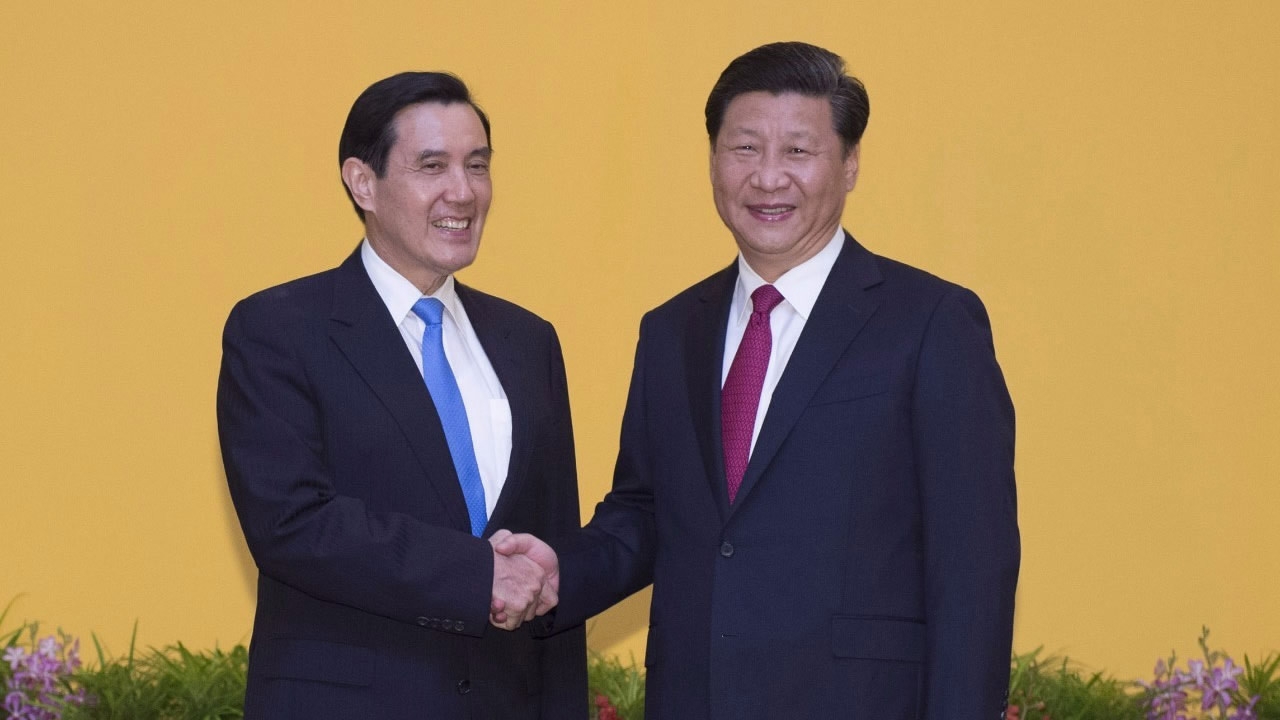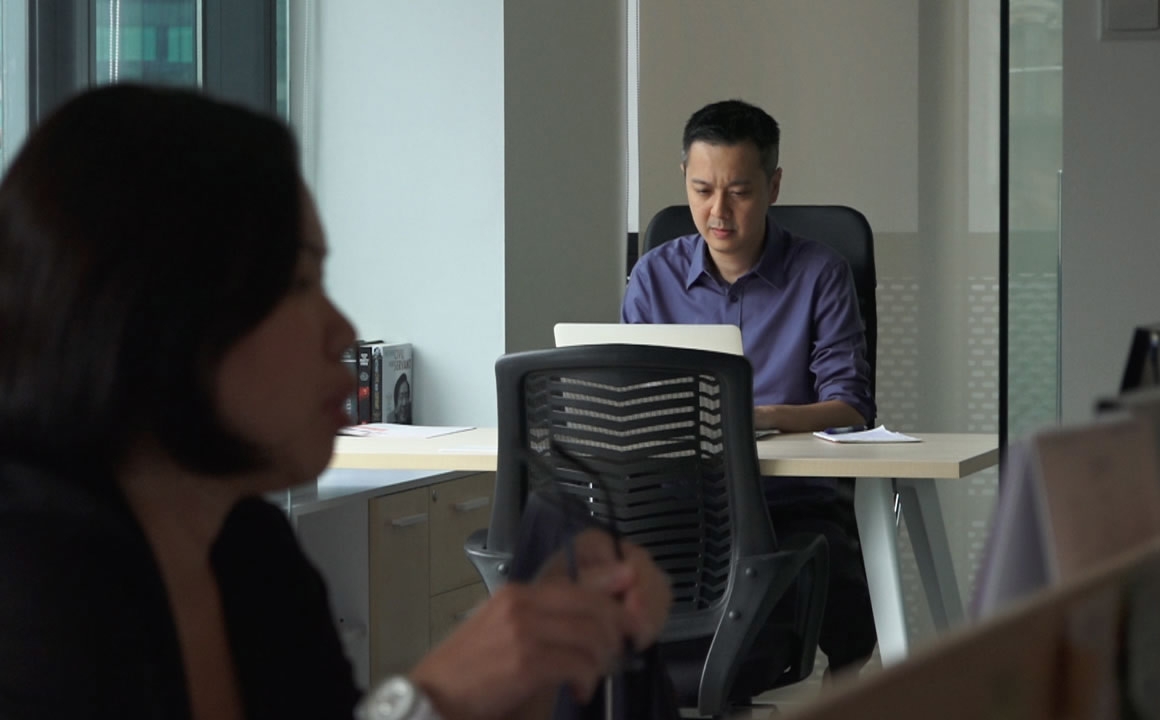
China
12:25, 18-Jan-2018
Landmark talks in the Lion City
By Miro Lu

Singapore is a small country, but it has played a big role in the warming of relations between the Chinese mainland and Taiwan. In the last quarter of a century, the island nation hosted two key talks between the two sides.
The first talks took place in 1993, between Wang Daohan from the Chinese mainland, then Chairman of the Association for Relations across the Taiwan Straits, and Koo Chen-fu from Taiwan, who was the chief of the Straits Exchange Foundation.
The Wang-Koo talks came just six years after Taiwanese authorities allowed people to visit relatives on the Chinese mainland in 1987, after a long estrangement following the civil war in the 1940s.
Singapore was chosen as the host country as it was a neutral party with a reputable government. Experts agreed that hosting these talks would be beneficial for Singapore, which had a stake in peace and security in the region.
Lim Tai Wei, a research fellow at the National University of Singapore East Asian Institute, said, “Singapore is a beneficiary from regional development. And one of the underpinnings of regional development is peace, and peace leads to prosperity. So Singapore is always in favor of a closer working relationship with stakeholders within the region – to minimize conflict, to promote understanding.”

Lim Tai Wei, Research Fellow, National University of Singapore East Asia Institute /Web Photo
Lim Tai Wei, Research Fellow, National University of Singapore East Asia Institute /Web Photo
Over a decade later, Singapore played the same role again. In 2015 it hosted the landmark meeting between Chinese President Xi Jinping and then-Taiwan leader Ma Ying-jeou. They shared a handshake that lasted 90 seconds and captured the world’s attention.
Lim observed that it was an important gesture, especially in the highly contextual Asian culture where symbols such as handshakes and meetings take on particular significance.
Former journalist Peh Shing Huei, who reported on the historic moment for South China Morning Post, said, “The meeting in 2015 involved the leaders on both sides, something we have never seen before. Even a few years before, no one even thought it might be possible... the very fact that such a meeting happened was enough for Asia, for the rest of the world.”

Former-Journalist-Peh-Shing-Huei-reported-on-Xi-Ma-Meeting /Web Photo
Former-Journalist-Peh-Shing-Huei-reported-on-Xi-Ma-Meeting /Web Photo
The meeting was a platform for the leaders to discuss issues such as the 1992 consensus and Taiwan’s participation in the Asian Infrastructure Development Bank. More importantly, it allowed both sides to build confidence, familiarity and understanding as they continue working together.

SITEMAP
Copyright © 2018 CGTN. Beijing ICP prepared NO.16065310-3
Copyright © 2018 CGTN. Beijing ICP prepared NO.16065310-3